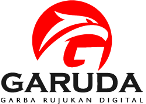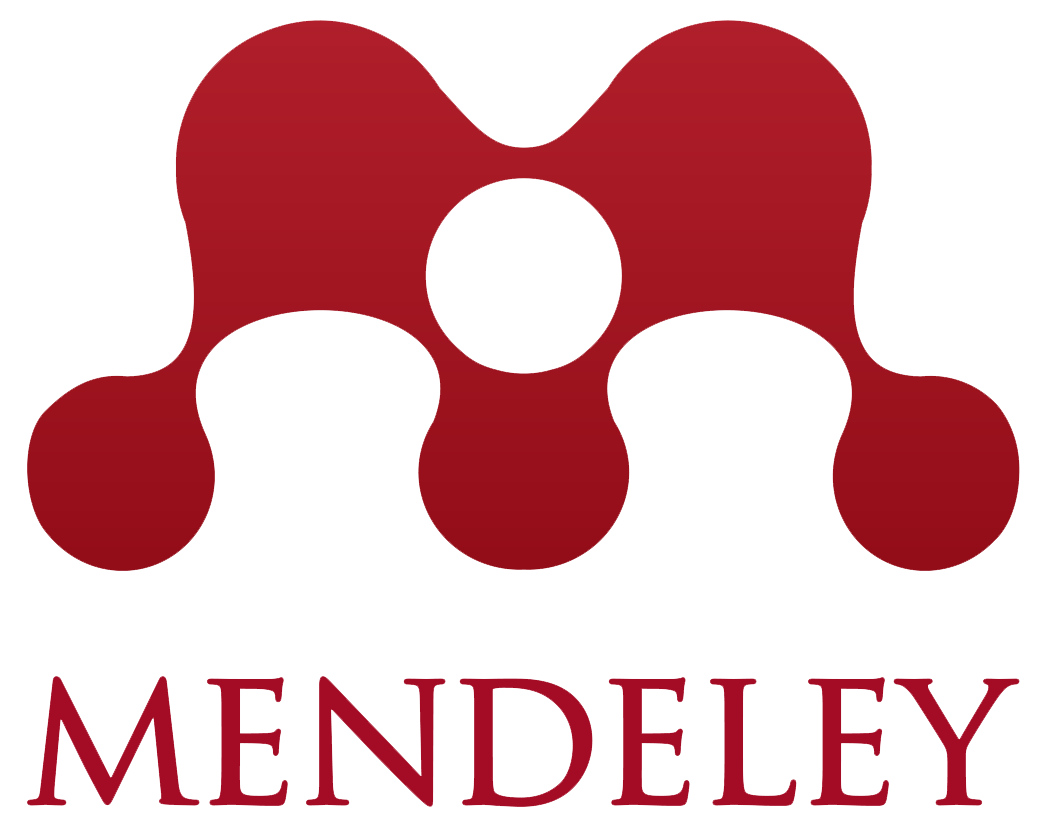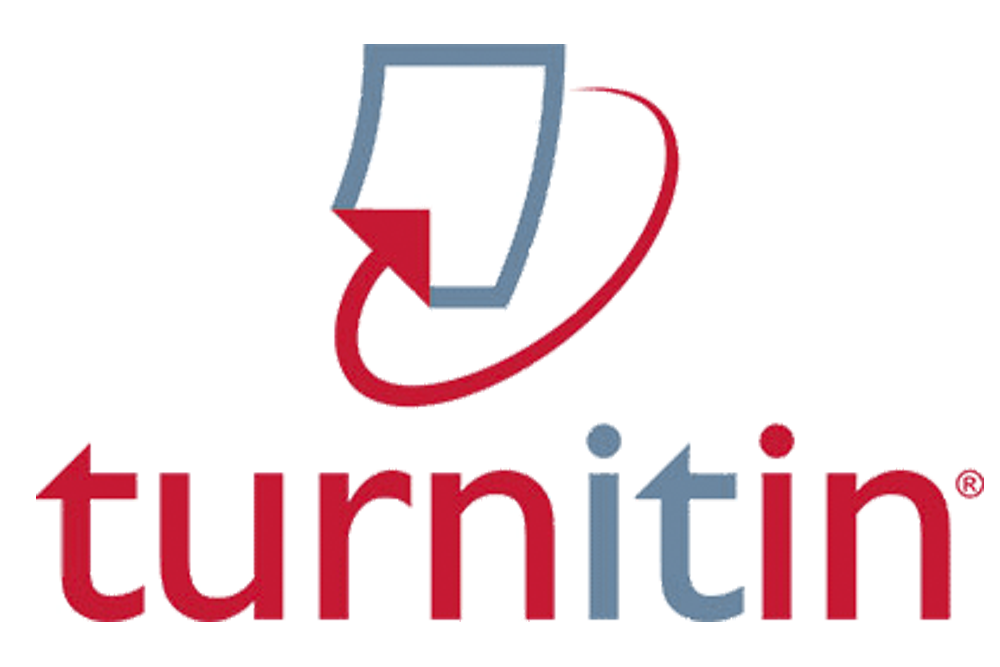INVESTIGATING COSMETIC ADVERTISEMENT’S FIGURE OF SPEECH ON COMMERCIAL TELEVISION IN INDONESIA
Abstract
Keywords
Full Text:
PDFReferences
Abdi, S., & Irandoust, A. (2013). The Imporrtance of Advertising Slogan and Their Proper Designing in Brand Equity. International Journal of Organizational Leadership , 62-69.
Abrams, M. H. (1999). A Glossary of Literary Terms. United States of America: Earl Mc Peek.
Alm-Arvius, C. (2003). Figure of Speech. Journal of Pragmatics, 305-310. Ambalegin, T. A. (2020). Figure of Speech Reflecting Loathing. Journal BASIS.
Asrul, N., Daulay, I., Lubis, B., & Husda, A. (2021). Pelatihan Literasi Bahasa Inggris Bagi Siswa SD Negeri Percobaan Medan. Jurnal Pustaka Mitra (Pusat Akses Kajian Mengabdi Terhadap Masyarakat), 1(1), 1-5.
Baldick, C. (2001). The Concise Oxford Dictionary of Literary Terms. New York: Oxford University Press.
Burnard, P. (1991). A Method of Analyzing Interview Transcripts in Qualitative Research . Nurse Education Today, 461-466.
Chandra, E. N. (2013). Meaning Analysis of English Slogan Advertisement. Deiksis.
Cuddon, J. A. (2013). A Dictionary of Literary Terms and Literary Theory. UK: A John Willey & Sons, Ltd.
Dattamajumdar, S. (2006). The Linguistic Patterns of Advertising Text: A Studyin Kolkata. Journal of Language and Lingusitics.
Deighton, J. (1985). Rhetorical Strategies in Advertising. Association for Consumer Research, 432-436.
Dey, I. (1993). Qualitative Data Analysis : A User Friendly Guide for Social Scientists. London: Routledge.
Dyer, G. (2009). Advertising as Communication. London: Taylor & Francis e Library.
Elo, K. H. (2008). The Qualitative Content Analysis. Journal Advanced Nursing, 107-115.
Enery, T. M., & Wodak, R. (2009). English Language, Description, Variation,and Context. Hampshire: Palgrave Macmillan.
Fromkin, V. (2009). An Introduction to Language. Clader Foundation, New York: Michael Rosernberg.
Gilson, C., & Berkman, H. W. (1980). Advertising Concept and Strategies. New York: Randon House.
Ginting, R. I., Lubis, B. N. A., & Sinaga, D. A. (2021). The Revitalization of Tugu Silalahi Batak Toba Folklore into Teaching Materials in English Subject for Junior High School. Linguistic, English Education and Art (LEEA) Journal, 4(2), 240-248.
Ginting, S. D. B., Lubis, B. N. A., & Sari, N. P. (2019). Revitalisasi Legenda Suku Karo “Pancur Kuta” Sebagai Bahan Ajar Kesusasteraan di Prodi Pendidikan Bahasa dan Sastra Indonesia Universitas Prima Indonesia. Kode: Jurnal Bahasa, 8(3).
Goddard, A. (2002). The Language of Advertising. London: Routledge. Grideanu.
Irwin, W. (2001). What is an Allusion? The Journal of Aesthetics and Art Criticism, 287-297.
Joanna Thornborrow, S. W. (1998). Patern in Language : Stylistics for Students of Language and Literature. New York: Routledge.
Kehinde, D. A. ( 2005). Truthfulness as a Factor in the Language of Advertising. International Journal of African & African American Studies.
Keller, K. L. (2013). Strategic Brand Management: Building, Measuring, and Managing Brand Equity Global Edition. New York: Pearson.
Kennedy, X. J., & Dana, G. (2007). Literature : An Introduction to Fiction, Poetry, Drama, and Writing. New York: Longman.
Kennedy, X. J., & Gioia, D. (2005). Literature; An Introduction to Fiction,Poetry, Drama. New York: Pearson Longman.
Keraf. (2004). Komposisi : Sebuah Bahasa Pengantar Kemahiran Bahasa. Flores: Nusa Indah.
Kronrod, A., & Danziger, S. (2014). Wii Will Rock You!" The Use and Effect of Figurative Language in Consumer Reviews of Hedonic and Utilitarian Consumption. Journal of Consumer Research.
Levinson, S. C. (1983). Pragmatics. Cambridge : Cambridge University Press. Lingga, H. D. (2006). Advanced English Grammar for TOEFL Preparation. Depok: Puspa Swara.
Lubis, B. N. A., Afrilyani, T. P., Girsang, S. W., Sihite, B. M. T., Chandra, S., & Permadi, A. (2019). An Error Analysis On Changing Active Voice Into Passive Voice At Ninth Grade Of Smp Amir Hamzah Medan. EduTech: Jurnal Ilmu Pendidikan dan Ilmu Sosial, 5(2).
Lubis, B. N. A., & Asnawi, A. (2021). Family’s Addressing Male and Female Batak Toba Tribe in Indonesia. Randwick International of Education and Linguistics Science Journal, 2(2), 228-232.
Lubis, B. N. A., Daulay, I. K., & Husda, A. (2021). Gender Toxicity in Language Communication. Randwick International of Education and Linguistics Science Journal, 2(4), 619-624.
Lubis, B. N. A., & Ginting, S. D. B. (2019). Aspek Gaya Wacana Antologi Cerpen Sampan Zulaiha Karya Hasan Al-banna. Jurnal Bahtera: Jurnal Pendidikan, Bahasa, Sastra, dan Budaya, 6(12).
Lubis, B. N. A., Gurning, B., & Saragih, A. (2019). Verbal semiotics resources employed in advertising cigarette on TV in Indonesia. Journal of Languages and Culture, 10(1), 1-4.
Lubis, B. N. A., & Husda, A. “Mahangke” Suku Karo Sebagai Tindak Tutur Dalam Komunikasi Mertua Dan Menantu.
Lubis, B. N. A., Husda, A., & Zulhantiar, P. A. (2023). MEMRISE APPLICATION AS DIGITAL MEDIA SKILLTO ENRICH STUDENTS’ENGLISH VOCABULARYAT JUNIOR HIGHSCHOOL IN MEDAN. JURNAL EDUCATION AND DEVELOPMENT, 11(1), 459-467.
Lubis, B. N. A., Niswa, K., Husda, A., & Sapira, D. (2022). An Applied of Reward and Punishment Approach in English Learning Classroom. Indonesian Journal of Education, Social Sciences and Research (IJESSR), 3(3), 124-133.
Lubis, B. N. A., Rambe, K. R., & Husda, A. (2022). Two stay two stray techniques to improve junior highschool students’ English vocabulary mastery. English Teaching and Linguistics Journal (ETLiJ), 3(2), 68-74.
Lubis, B. N. A., & Sagala, R. W. (2020). The Comparative of Indonesian and Western Culture in Live Action: A Study of Cross-Culture. English Teaching and Linguistics Journal (ETLiJ), 1(2), 56-59.
Lubis, B. N. A., Sagala, R. W., & Niswa, K. (2023). FLASHCARD MEDIA EFFECTIVENESS IN ENRICHING STUDENTS’ENGLISH VOCABULARY AT VOCATIONAL SCHOOL. English Review: Journal of English Education, 11(1), 153-160.
Lubis, B. N. A., & Syahputri, D. (2022). Mnemonic device technique increase students’ vocabulary mastery. Indonesian Journal of Education, Social Sciences and Research (IJESSR), 3(1), 28-33.
Lubis, B. N. A., Syahputri, D., & Rambe, K. R. (2022). Pelatihan Teknik Membaca Cepat: Skimming and Scanning Bagi Siswa Kelas XI Jurusan Teknik Komputer dan Jaringan SMK Swasta Yapim Biru-Biru. Jurnal Pustaka Mitra (Pusat Akses Kajian Mengabdi Terhadap Masyarakat), 2(1), 30-33.
Lubis, I. S., Daulay, I. K., Alamsyah, B. N., & Rahmawati, R. (2023). A CRITICAL DISCOURSE ANALYSIS OF NEWS REPORT FRAMING IN ANALISA AND SUMUT POS NEWSPAPER. JURNAL EDUCATION AND DEVELOPMENT, 11(1), 455-458.
Lubis, B. N. A., Yunanda, F., Husda, A., & Asrul, N. (2022). PELATIHAN MENULIS TEKS PROSEDUR (PROCEDURE TEXT) BAGI SISWA KELAS X JURUSAN TEKNIK KENDARAAN RINGAN DAN OTOMOTIF SMK SWASTA YAPIM BIRU-BIRU. Aptekmas Jurnal Pengabdian pada Masyarakat, 5(4), 53-59.
Madden, F. (2002). Exploring Poetry : Writing and Thinking about Poetry. New York: Longman.
Marpaung, L., Silitonga, D. N., Saruksuk, D. S., Purba, R., & Lubis, B. N. A. (2022). THE CHILDREN'S ABILITY TO PRONOUNCE CAPITAL LETTERS IN WORDS AT THE AGE OF 2-3 YEARS IN KAMPUNG LALANG MEDAN. English Language Teaching Prima Journal (ELT), 4(2), 19-30.
Niswa, K., Hastianah, H., Herman, H., Fatmawati, E., Saputra, N., & Mukmin, M. (2023). Understanding Meaning From Online Advertisement Through Semantics Analysis of Slang (SAOS): A Case on Semantics. Studies in Media and Communication, 11(5), 2-9.
Noor, M. M. (2015). The Language of TV Commercials' Slogan : A Semantic Analysis. Communication and Linguistics Studies, 7-12.
Nur, S. D. B. G. B., & Lubis, A. (2019). MAHANGKE FOKLORE OF KARONESE ETHNIC AS A LITERATURES OBJECT LEARNING. In SUSUNAN KEPANITIAAN SEMINAR NASIONAL (Vol. 23, p. 82).
Perrine, L., & Arp, T. R. (1992). Sound and Sense : An Introduction to Poetry. Fort Worth: Harcourt Brace Janovich College Publishers.
Quarrie, E. F., & Mick, D. G. (1996). Figure of Rhetoric in Advertising Language. Journal of Comsumer, 424-438.
Qunsheng ke, W. W. (2013). The Adjective Frequency in Advertising English Slogans. Theory and Practice in Language Studies.
Ritonga, M. G. S., Lubis, B. N. A., Simamora, W. R., & Situmorang, R. (2021). The Revitalization of Patung Sigale-Gale Batak Toba Folklore into Teaching Material in English Subject for Junior High School. English Teaching and Linguistics Journal (ETLiJ), 2(1), 89-97.
Sayakhan, N. (2016). The Use Personification and Apostrophe as Facilitators in Teaching Poetry. International Journal of Literature and Arts.
Sihombing, D. L., Lubis, B. N. A., Simbolon, A., & Simamora, F. P. (2021). The Revitalization of “Aek Sipitu Dai” Batak Toba Folklore into Teaching Materials in English Subject for Junior High School. English Teaching and Linguistics Journal (ETLiJ), 2(1), 112-121.
Sinamo, F. L., Lubis, B. N. A., Barus, T. A. E., & Sembiring, S. J. (2021). The Revitalization of Batu Parsidangan Batak Toba Folklore Into Teaching Materials in English Subject for Junior High School. Linguistic, English Education and Art (LEEA) Journal, 4(2), 233-239.
Sitompul, Y. E., & Elfrida, R. (2018). Figure of Speech in the Book of Angka Ende in Batak Toba Bible. The Episteme Journal of English Literature andLinguistics.
Stern, B. B. (1988). Figurative Language in Services Advertising: The Nature and Uses of Imagery. Advances in Consumer Research, 185-190.
Tatjana Duboviciene, P. S. (2014). The Analysis of Some Stylistic Features of English Advertising Slogans. Svetimosios Kalbos Foreign Language, 61- 75.
Weilbacher, W. M. (1984). Advertising. New York: Macmillan. Yule, G. (1996). Pragmatics. New York: Oxford University Press
Yunanda, F., Lubis, B. N. A., Husda, A., Ginting, E. K. B., & Manalu, S. B. (2022). English Reading Comprehension Difficulties Of Ujian Tulis Berbasis Komputer (UTBK) By Senior High School at SMAS Pangeran Antasari Medan. Linguistic, English Education and Art (LEEA) Journal, 6(1), 29-40.
Yunanda, F. ., Liandri, V. ., Simanjuntak, L., Kembaren, S. L., Lubis, B. N. A. ., & Nurmahyuni Asrul. (2023). Grammatical errors in writing Narrative text made by Ninth Grade Students of SMPN 1 Kuta Buluh. English Language Teaching Prima Journal (ELT), 5(1), 135-144.
Yunanda, F., Sinaga, P. A., Siahaan, M. P., Ginting, R. P., & Lubis, B. N. A. (2022). GRAMMATICAL ERRORS IN WRITING DESCRIPTIVE TEXT MADE BY TENTH GRADERS OF SMA SWASTA FREE METHODIST MEDAN. Jurnal Basataka (JBT), 5(2), 191-199.
DOI: https://doi.org/10.30596/ijessr.v4i3.17070
Refbacks
- There are currently no refbacks.







.png)

